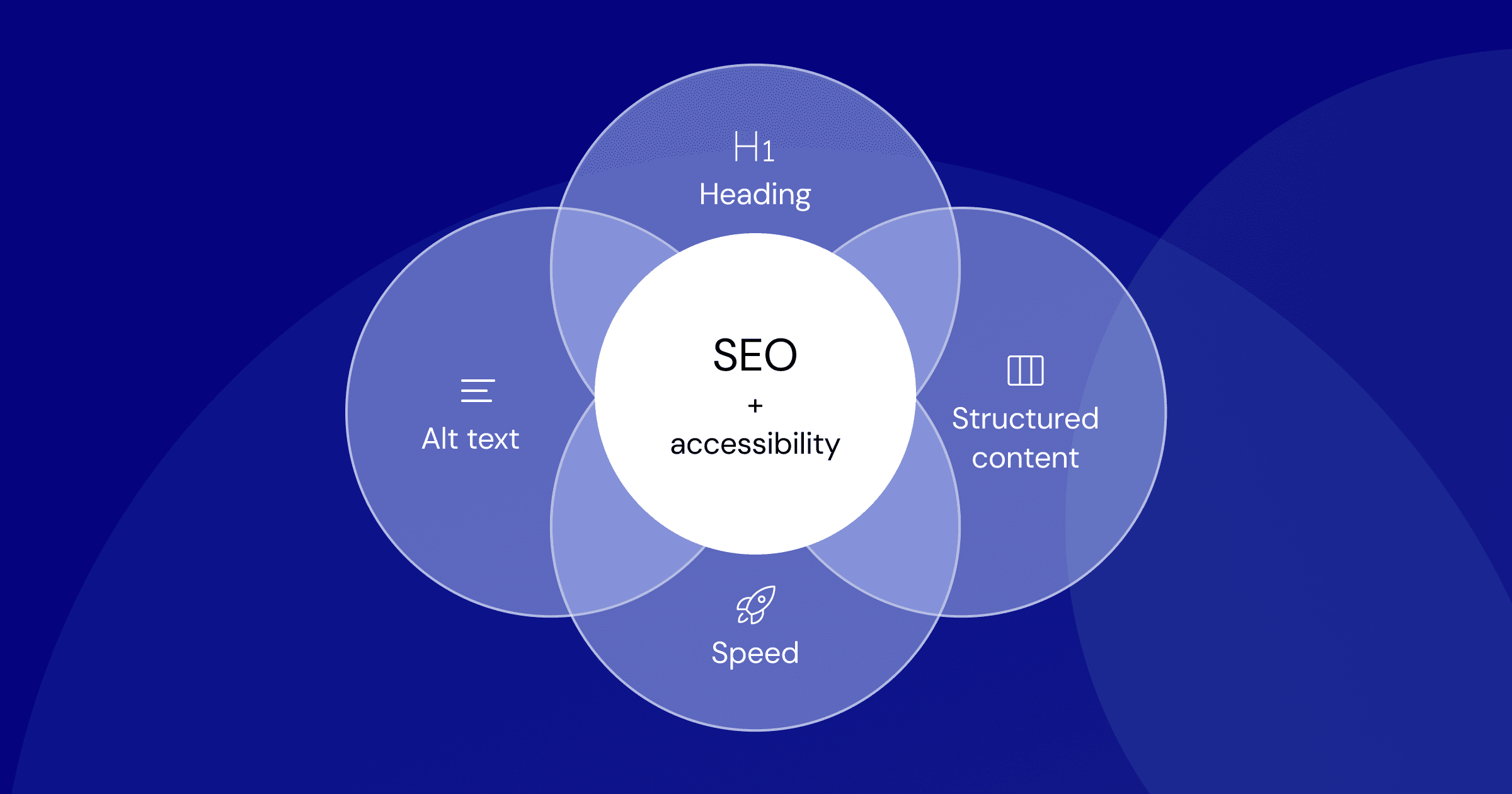The $4.9 Trillion Digital Economy Revolution Reshaping Social Media Marketing
By Victoria Sterling • November 11, 2025 • 8 min read • 63 views

The $4.9 Trillion Digital Economy Revolution Reshaping Social Media Marketing Strategy
The numbers are staggering. $4.9 trillion. 28.4 million jobs. Every single congressional district in America.
Those aren't just statistics from the latest IAB research—they're a complete reimagining of how businesses approach social media marketing. When an industry that massive is fueling employment across all 435 congressional districts, it forces marketers to fundamentally rethink their strategies.
Why This Matters for Your Marketing Budget
Let's cut through the noise. The Interactive Advertising Bureau's 2025 research reveals something that should terrify—and excite—every social media marketer: the digital economy has become the backbone of American commerce.
Here's the kicker: It's not just tech companies benefiting. Small businesses, local retailers, and regional brands are all getting swept into this digital tsunami. The IAB study found that this $4.9 trillion ecosystem supports jobs across every congressional district—from rural farming communities to urban tech hubs.
What does this mean for your advertising spend? Simple. Your audience is everywhere, and they're all digitally native now.
Consider this: The research shows that digital economy jobs aren't concentrated in traditional tech centers. Montana's congressional districts? Covered. Maine's rural communities? They're in there too.
The Platform Shift Nobody Saw Coming
But here's where it gets interesting for social media marketers. This economic data coincides with some fascinating platform developments.
Salesforce's Connected Shoppers Report reveals that 39% of Gen Z has already purchased products through social media, with 76% discovering products on these platforms. Meanwhile, Nielsen's cultural relevance study shows how k-pop and Singles' Day have become global shopping phenomena, driven entirely by social media engagement.
Marketers aren't just selling products anymore—they're participating in a cultural economy that spans continents.
The WARC Media research adds another layer: Retail media ad spend is projected to reach $174.9 billion this year, growing to $196.7 billion by 2026. That's growing faster than traditional TV and streaming combined.
What Smart Marketers Are Doing Differently
So how are leading brands positioning themselves in this $4.9 trillion landscape? Three strategies are emerging:
1. District-Specific Strategies
The IAB research proves every market matters. Smart brands are developing hyperlocal social media campaigns that resonate with specific congressional district characteristics. If Montana's economy is heavily digital, your social strategy should reflect that community's values.
2. Cultural Commerce Integration
Nielsen's data shows cultural relevance drives purchasing. Brands aren't just selling products—they're curating cultural experiences. Think TikTok creators launching product lines that capture specific subcultural movements.
3. AI-Powered Personalization at Scale
With Gen Z leading AI adoption in shopping (Salesforce data), brands are leveraging platform AI tools to create personalized experiences without losing the cultural authenticity that drives engagement.
The Measurement Challenge
Here's the problem nobody's talking about: Traditional ROI metrics struggle in a $4.9 trillion ecosystem.
When social media drives cultural movements that translate into economic activity across entire congressional districts, how do you measure success? The IAB research suggests we need new metrics that capture:
- •Economic impact per district
- •Cultural influence scores
- •Cross-platform attribution in cultural movements
- •Local economic multiplier effects
What's Coming Next
The convergence is accelerating. As retail media continues its explosive growth (projected to eclipse TV spending by 2026), and Gen Z embraces AI-driven social shopping, we're seeing the birth of truly integrated economic-culturual marketing.
Watch for three developments in 2026:
- •Platform algorithms that prioritize economic impact alongside engagement
- •New measurement standards that capture district-level marketing effectiveness
- •AI tools that predict cultural momentum before it hits mainstream
The Bottom Line
$4.9 trillion doesn't just represent market size—it represents a fundamental shift in how we think about social media marketing's role in the economy. When digital activity supports 28.4 million jobs across every congressional district, every post, every campaign, every engagement metric becomes part of something larger.
The brands winning in this environment aren't just selling products. They're building economic ecosystems that create jobs, drive cultural movements, and generate measurable community impact.
That's the future of social media marketing in the $4.9 trillion digital economy. The question isn't whether your strategy is ready—it's whether you're building for a $4.9 trillion world or still thinking in billion-dollar terms.
